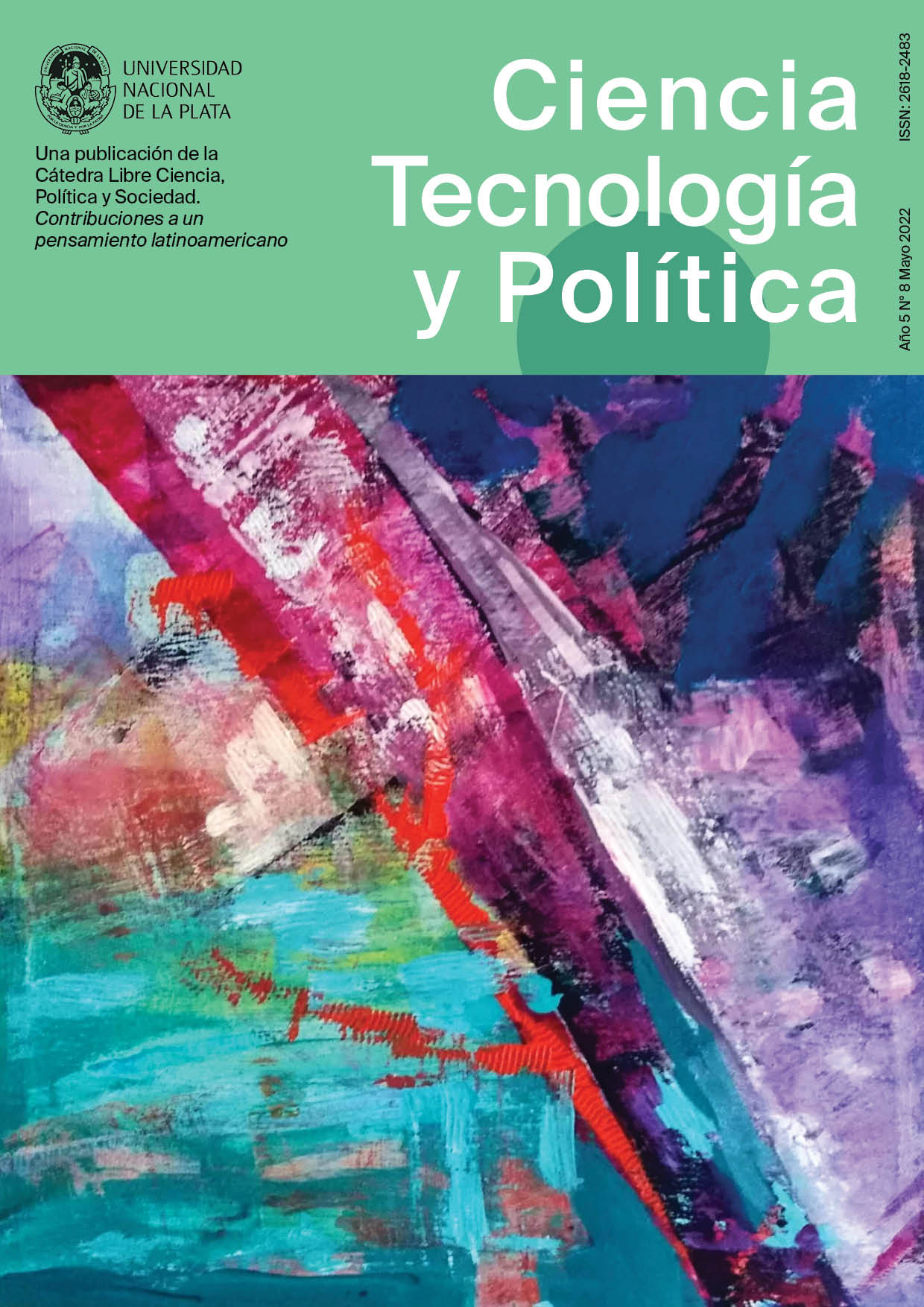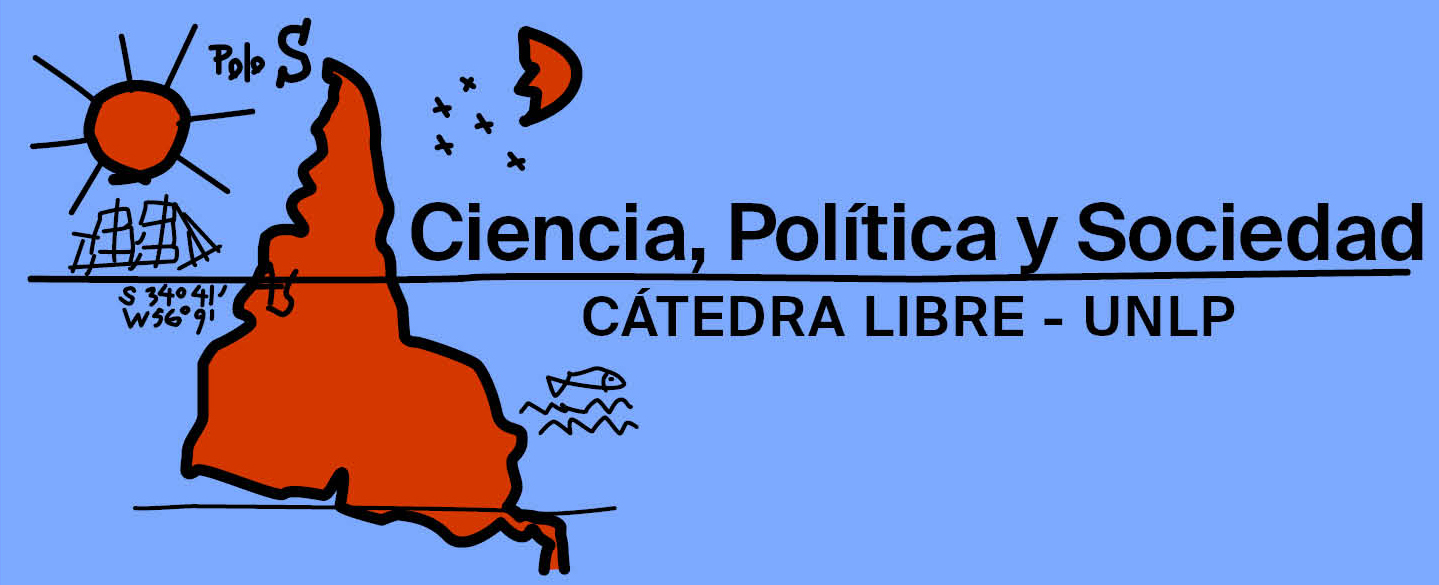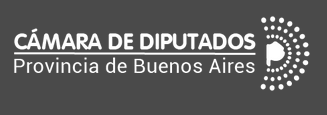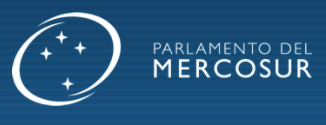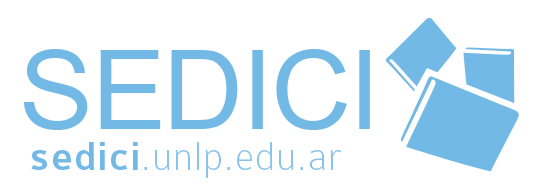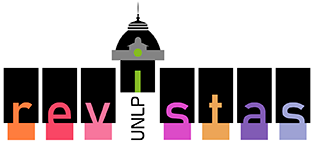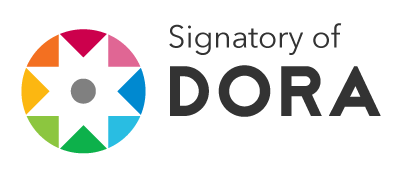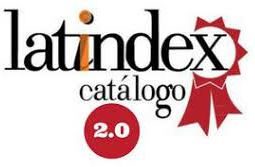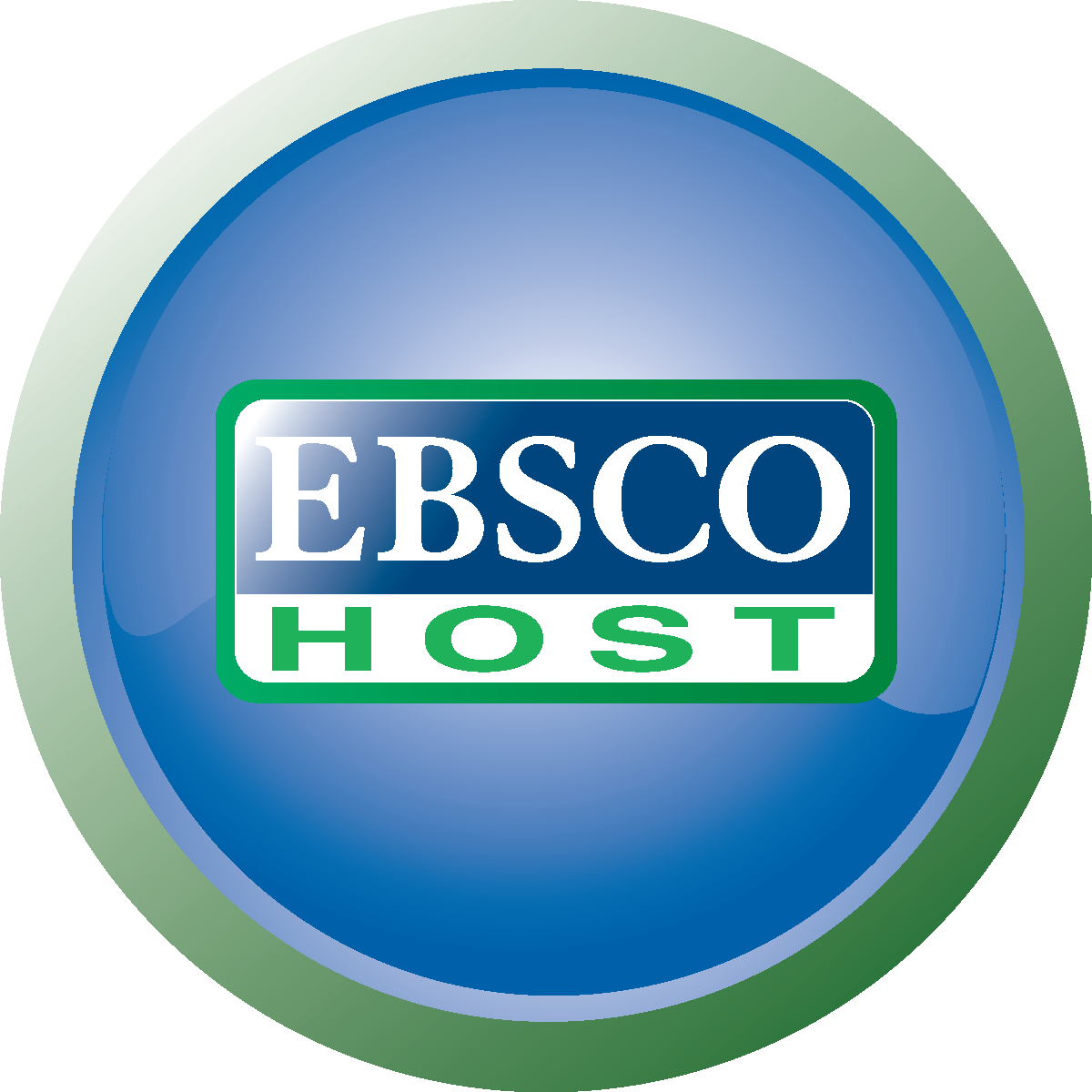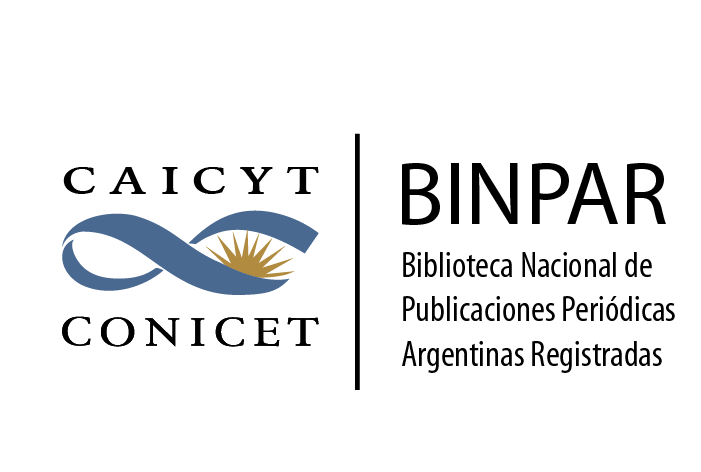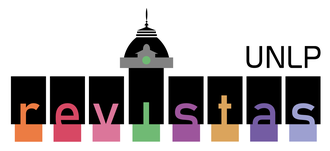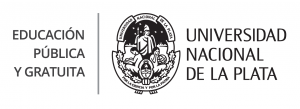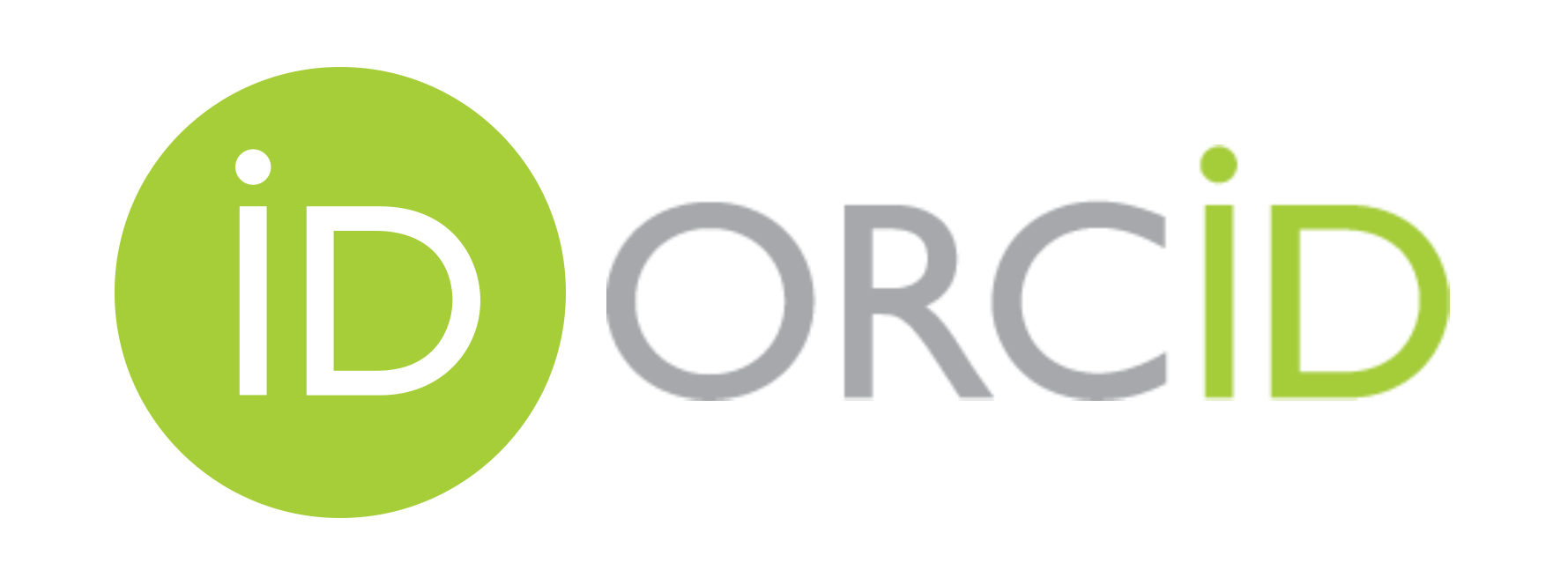Open access as information policy
Problems and challenges
DOI:
https://doi.org/10.24215/26183188e075Keywords:
information policies, access to scientific information, Scientific Publications, open accessAbstract
This article discusses four issues that limit open access to scientific publications and the progress of so-called open science. They are: the scientific publishing market dominated by large international commercial publishers; the evaluation criteria applied by S&T organizations that respond to the evaluative culture of “publish or perish”; the practices rooted in the different academic communities; and current intellectual property regulations. On the other hand, the information policies developed by the Argentine National State are analyzed, both to give access to scientific literature, and to disseminate and make available in an open and free manner the productions financed with public funds. Finally, these problems in our country are analyzed and some lines of action are proposed that would allow greater scientific sovereignty to be achieved at the level of information policy.
Downloads
Metrics
References
Academia Joven Argentina (18 de junio de 2021). Comunicado sobre el impacto de los gastos de publicación en el desarrollo de los proyectos científicos. https://mailchi.mp/ac796ff893f6/cdta-8538117?e=b29e3e6758
Biblioteca Electrónica de Ciencia y Tecnología (2022) Ministerio de Ciencia, Tecnología e Innovación. https://biblioteca.mincyt.gob.ar/
Buranyi, S. (27 de junio de 2017). Isthestaggeringlyprofitablebusinessofscientificpublishingbadforscience? The Guardian. https://www.theguardian.com/science/2017/jun/27/profitable-business-scientific-publishing-bad-for-science
Cátedra Libre Ciencia, Política y Sociedad. (2018). Publicaciones científicas. Ciencia, tecnología y política, 1(1), 005. https://doi.org/10.24215/26183188e005
Conferencia General de las Naciones Unidas para la Educación, la Ciencia y la Cultura [UNESCO] (2021). Recomendación de la Unesco sobre la ciencia abierta. Unesco.
https://unesdoc.unesco.org/ark:/48223/pf0000379949_spa
De Giusti, M.; Fushimi, M.;Azrilevich, P. (2021). Acceso Abierto y Ciencia Abierta en la UNLP: Avances y tareas pendientes para la adecuación a la Ley 26.899. [Presentación realizada en panel “Acceso abierto y ciencia abierta” en la UNLP, 2-12-2012]. http://sedici.unlp.edu.ar/handle/10915/129077
Fushimi, M.; Pené, M. G.;Sanllorenti, A. M.; Unzurrunzaga, C. (2021). Repositorios universitarios argentinos en coyuntura: desarrollo y perspectivas de sus gestores. Ciencia, Docencia y Tecnología, 32(62). https://doi.org/10.33255/3262/924
Guédon, J. (2011). El acceso abierto y la división entre ciencia “principal” y “periférica”. Crítica y Emancipación, 6, 135-180. https://core.ac.uk/download/pdf/11889704.pdf
Larivière, V.;Haustein, S.;Mongeon, P. (2015). TheOligopolyofAcademicPublishers in the Digital Era. PLOS ONE, 10(6), e0127502. https://doi.org/10.1371/journal.pone.0127502
Ley 26.899 de 2013. Repositorios digitales institucionales de acceso abierto.3 de diciembre de 2013. Boletín Oficial de la República Argentina N° 32.781 https://www.argentina.gob.ar/normativa/nacional/ley-26899-223459/texto
Martinovich, V. (2020). Indicadores de citación y relevancia científica: genealogía de una representación. Dados, 63(2). http://dx.doi.org/10.1590/001152582020218
Ministerio de Ciencia, Tecnología e Innovación Productiva. (2013). Argentina innovadora 2020. Plan Nacional de ciencia, tecnología e innovación. Lineamientos estratégicos 2012-2015. https://www.argentina.gob.ar/sites/default/files/pai2020.pdf
Monti, C.; Unzurrunzaga, C. (2021). Acceso a la literatura científica desde Sci-Hub. Hipertextos, 8(14), 111-136. https://doi.org/10.24215/23143924e022
Nicholas, D.;Boukacem‐Zeghmouri, C.;Xu, J.; Herman, E.; Clark, D.;Abrizah, A.; Rodríguez-Bravo, B.;Świgoń, M. (2019). Sci‐Hub: The new and ultimatedisruptor? View fromthefront. Learned Publishing, 32(2), 147-153. https://doi.org/10.1002/leap.1206
Posadas, A.; Chen, G. (2018). Inequality in KnowledgeProduction: The Integration of Academic Infrastructure by Big Publishers. ELPUB 2018. https://hal.archives-ouvertes.fr/hal-01816707
Salatino, M.;Banzato, G. (2021). Confines históricos del Acceso Abierto latinoamericano. En A. Becerril-García y S. Córdoba González (Eds.). Conocimiento abierto en América Latina: Trayectoria y desafíos. CLACSO; Universidad Autónoma del Estado de México (p. 79-115). https://www.memoria.fahce.unlp.edu.ar/libros/pm.4982/pm.4982.pdf
Zukerfeld, M.;Liaudat, S.;Terlizzi, M.S.; Monti, C.; Unzurrunzaga, C. (2021). El fantasma de la piratería: las vías ilegales de acceso a la literatura científica en el CONICET (Argentina). Revista Iberoamericana de Ciencia, Tecnología y Sociedad. http://www.revistacts.net/el-fantasma-de-la-pirateria-las-vias-ilegales-de-acceso-a-la-literatura-cientifica-en-el-conicet-argentina/
Published
How to Cite
Issue
Section
License
Copyright (c) 2022 Marcela Fushimi, Carolina Monti, Carolina Unzurrunzaga

This work is licensed under a Creative Commons Attribution-NonCommercial-ShareAlike 4.0 International License.
The authors whose texts are published in this Journal surrender their ownership rights in favour of the editor in a non exclusive manner, i.e. the authors can enter into other independent and additional contracts to publish their text, e.g. including it in an institutional repository, thematic or otherwise, publish it in a book, or others, as long as it is overtly stated that the work was first published in this Journal.
The responsibility for each published paper as regards its content relies exclusively on its authors, holding the editors harmless for any legal liabilities.
The texts of the Journal shall be published under the Creative Commons 4.0 BY-NC-SA license. Therefore, the editors are free to:
1) Share, copy and redistribute the material using any means or format.
2) Adapt, remix, transform and create from the material, under the following conditions:
a) Attribution — credit to this work must be given in an appropriate manner, providing a link to the license and indicating if changes have been made.
b) Non-Commercial Use — no use may be made of the published material for commercial purposes.
c) Share Equal — Authors remixing, transforming or creating from the material must distribute their contribution under the same license as the original.

